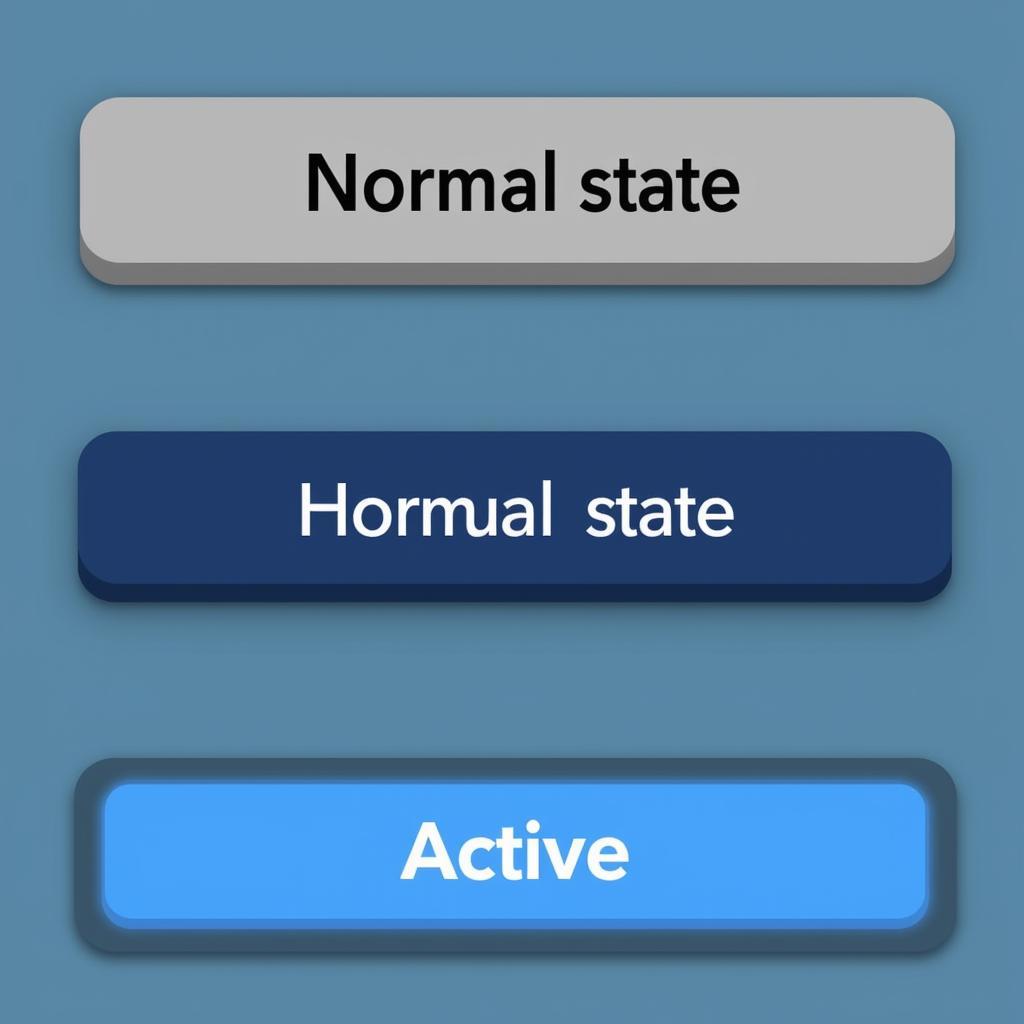CSS highlight is a powerful technique that allows you to draw attention to specific elements on your webpage, enhancing user experience and visual appeal. Whether you’re highlighting text, images, or interactive elements, understanding CSS highlight is crucial for creating engaging and dynamic websites. This article dives deep into the world of CSS highlight, exploring its various applications and providing practical examples to help you master this essential web design skill.
Understanding the Power of CSS Highlight
CSS highlight offers a versatile toolkit for web developers to emphasize important content and guide user interaction. From subtle visual cues to bold pronouncements, CSS highlight can be tailored to suit a wide range of design aesthetics and functionalities. By strategically applying CSS highlight, you can improve readability, create visual hierarchy, and ultimately, enhance the overall user experience. Let’s explore the different ways you can leverage CSS highlight to elevate your web design.
You might be interested in learning how to highlight code in WordPress using CSS. Check out this resource: css highlight code wordpress.
Highlighting Text for Emphasis
One of the most common uses of CSS highlight is to emphasize specific text within a paragraph or heading. This can be achieved using properties like background-color, color, and font-weight. For example, highlighting keywords in a search result can significantly improve readability and help users quickly locate the information they’re seeking.
What are some common CSS properties for text highlighting? background-color, color, and font-weight are frequently used to emphasize text.
Highlighting Interactive Elements
CSS highlight plays a crucial role in enhancing the usability of interactive elements like buttons and links. By visually indicating the active, hover, and focus states, you can provide clear feedback to users and guide their interactions. This improves the overall user experience and makes your website more intuitive.
Advanced CSS Highlight Techniques
Beyond basic highlighting, CSS offers more advanced techniques to create visually stunning effects. These include using gradients, shadows, and animations to create dynamic and engaging highlights.
Using Gradients for Subtle Highlights
Gradients can be used to create subtle and visually appealing highlights. By blending colors seamlessly, you can achieve a more sophisticated look compared to solid background colors. This technique is particularly effective for highlighting sections or backgrounds.
Adding Shadows for Depth and Dimension
CSS shadows can add depth and dimension to highlighted elements, making them stand out even more. By carefully adjusting the shadow properties, you can create realistic effects that enhance the visual appeal of your website.
How can I highlight a specific width using CSS? You can learn more about highlighting width using CSS here: css highlight width.
Best Practices for CSS Highlight
While CSS highlight offers immense creative potential, it’s important to use it judiciously. Overusing highlights can lead to visual clutter and diminish their effectiveness. Here are some best practices to keep in mind:
- Less is More: Avoid highlighting too many elements, as this can overwhelm users and make it difficult to discern important information.
- Consistency is Key: Maintain consistency in your highlighting styles throughout your website to create a cohesive and professional look.
- Accessibility Considerations: Ensure that your highlighted elements are accessible to users with disabilities, such as those using screen readers.
You may also be interested in understanding how to highlight clicked links using CSS: css highlight clicked link. This can be a valuable technique for improving website navigation.
Choosing the Right Colors
Selecting appropriate colors for your highlights is crucial for creating a visually pleasing and effective design. Consider your website’s color scheme and brand identity when choosing highlight colors.
What are some considerations for choosing highlight colors? Website color scheme, brand identity, and accessibility are important factors to consider.
Conclusion
Mastering CSS highlight is essential for any web developer looking to create engaging and user-friendly websites. By understanding the various techniques and best practices outlined in this article, you can leverage CSS highlight to elevate your web design and enhance the overall user experience. CSS highlight empowers you to draw attention to key information, guide user interactions, and create a visually appealing website.
Interested in learning how to use CSS to highlight a button? Explore more about button highlighting here: button css highlight of. You can also find useful information about CSS highlight colors here: css highlight color.
FAQ
- What is CSS highlight? CSS highlight refers to techniques used to visually emphasize elements on a webpage.
- How do I highlight text in CSS? You can use properties like
background-color,color, andfont-weight. - How can I highlight a button? Use the
:hover,:active, and:focuspseudo-classes. - What are some advanced CSS highlight techniques? Gradients, shadows, and animations can create more dynamic highlights.
- Why is accessibility important for CSS highlight? Ensuring highlighted elements are accessible to users with disabilities is crucial for inclusivity.
- How do I choose the right highlight colors? Consider your website’s color scheme and brand identity.
- What are some best practices for CSS highlight? Use highlights sparingly, maintain consistency, and prioritize accessibility.
Mô tả các tình huống thường gặp câu hỏi.
Người dùng thường gặp khó khăn trong việc lựa chọn màu sắc phù hợp, làm sao để highlight nổi bật nhưng không gây khó đọc, và cách kết hợp các kỹ thuật highlight khác nhau.
Gợi ý các câu hỏi khác, bài viết khác có trong web.
Bạn có thể tìm hiểu thêm về cách highlight code trong các ngôn ngữ lập trình khác nhau, hoặc cách tùy chỉnh highlight cho các thành phần cụ thể như menu, form, v.v. trên website của chúng tôi.
